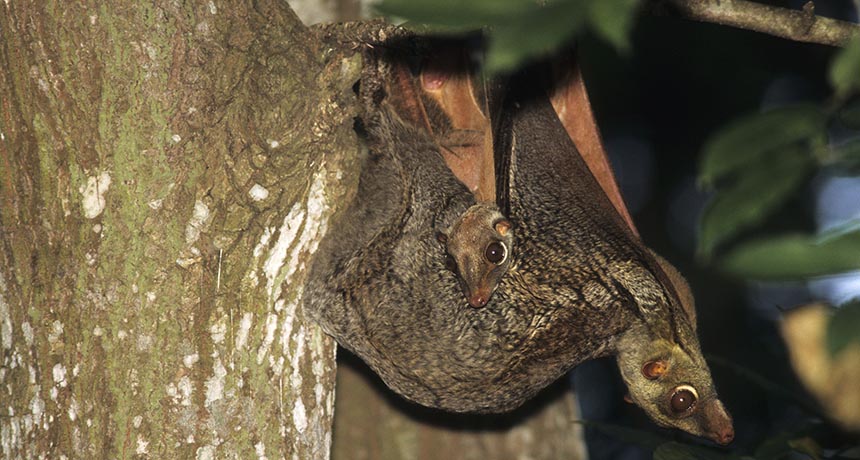Colugo genome reveals gliders as primate cousins

A new genetic study adds to evidence that tree-dwelling colugos are closely related to primates.
Photo courtesy of Norman Lim

A new genetic study adds to evidence that tree-dwelling colugos are closely related to primates.
Photo courtesy of Norman Lim